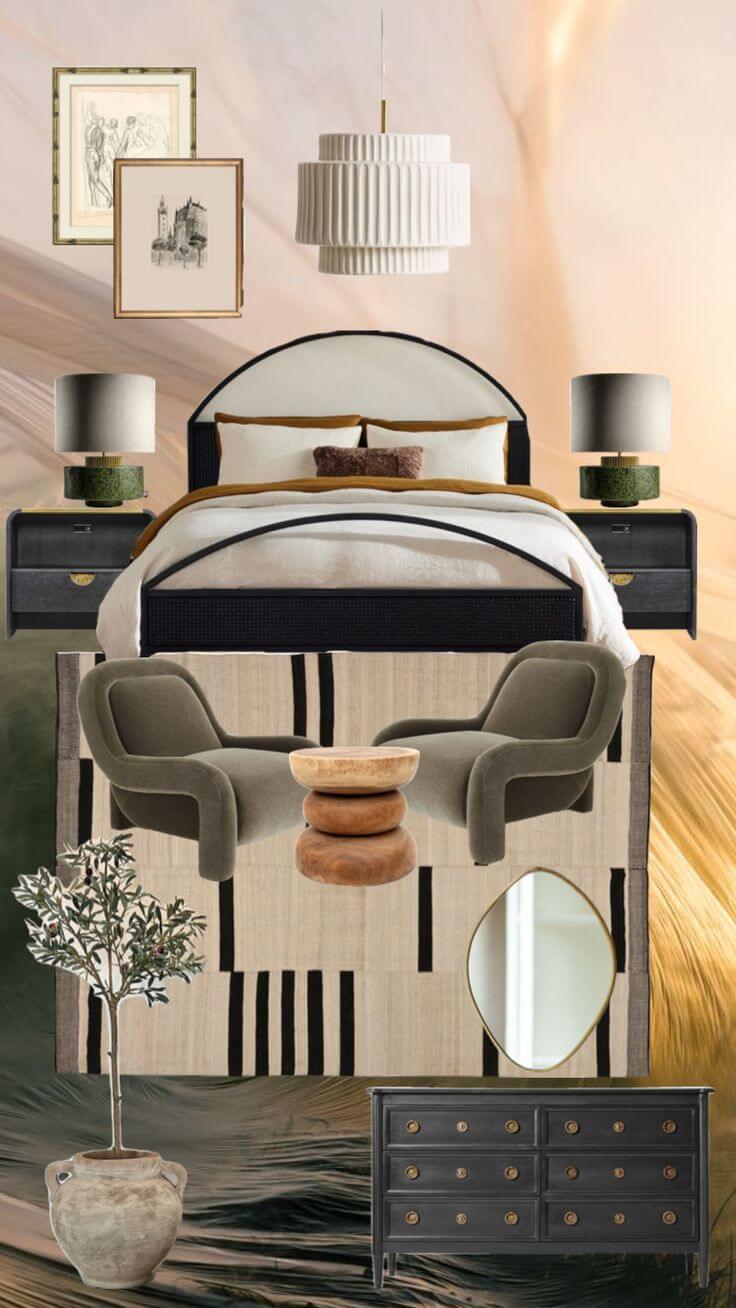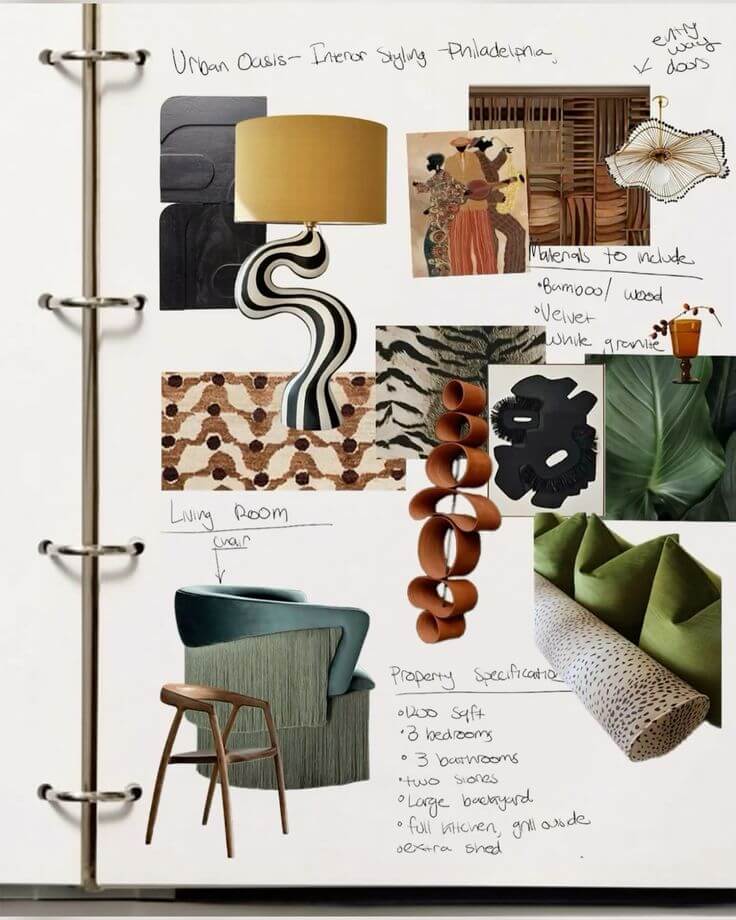
Your space should match your life season, because your home should evolve with you, not hold you back
Our lives shift—new jobs, new cities, new babies, new breakups—and our homes should shift with us. The space that worked for your post-grad apartment may not support your work-from-home setup or growing family today. Maybe your living room was once perfect for hosting, but now you need a peaceful place to recharge. Or perhaps your bedroom is still styled like your college dorm, even though you’ve stepped into a totally different phase of life.
Designing with purpose means asking yourself: What season of life am I in right now—and how can my home reflect and support that? This process is less about trends and more about intentional choices that make your space feel like it’s truly yours, right now. Here are some key steps you can take to make your space match your life season.
Step 1: Assess What’s Working
Start by walking through your home with fresh eyes. Be honest, even a little ruthless:
- What feels cluttered, chaotic, or outdated?
- What items or layouts no longer support your current lifestyle?
- Are there areas you avoid or simply don’t use?
Write down what’s frustrating and what’s functioning. This step lays the groundwork for the rest.
Step 2: Redefine the Role of Each Space
Who says a dining room has to be a dining room? If you rarely host dinner parties but work from home five days a week, that space could transform into a beautiful office or a cozy hybrid library. Likewise, if your entryway becomes a dumping zone, maybe it needs a bench, hooks, and some better lighting.
Ask:
- What do I need more of in my life right now—calm, productivity, connection?
- How can this room serve that need?
Start imagining your home as a flexible partner, not a fixed layout.
Step 3: Make Space for Who You’re Becoming
It’s time to edit. Let go of the things that don’t serve you anymore:
- The sofa that’s too small for movie nights
- The gallery wall that no longer inspires you
- The desk you never use because it’s facing the wrong way
Replace or repurpose with intention:
- Add a larger table if your family is growing
- Invest in blackout curtains if you need better sleep
- Use soft lighting, layered textures, and calming colors if your focus is on wellness
These changes don’t need to happen all at once. Even small shifts in layout, lighting, or storage can align your space with who you are right now.
Step 4: Design for Ease, Not Just Aesthetics
It should feel good to live in your space. Purposeful design isn’t about perfection or Pinterest-worthy corners—it’s about functionality that flows with your day-to-day.
Ask yourself:
- Can I move through this space easily?
- Is my home making life simpler or more complicated?
- Does this room bring me peace or stress?
A space designed with purpose doesn’t just look good—it works for you. And when it works for you, it empowers you to show up better in every area of your life.
Final Thought
Your home should evolve as you do. Designing with purpose ensures that every room, corner, and surface supports the version of you that exists right now—and the one you’re becoming. Life changes, and your space should change with it.


